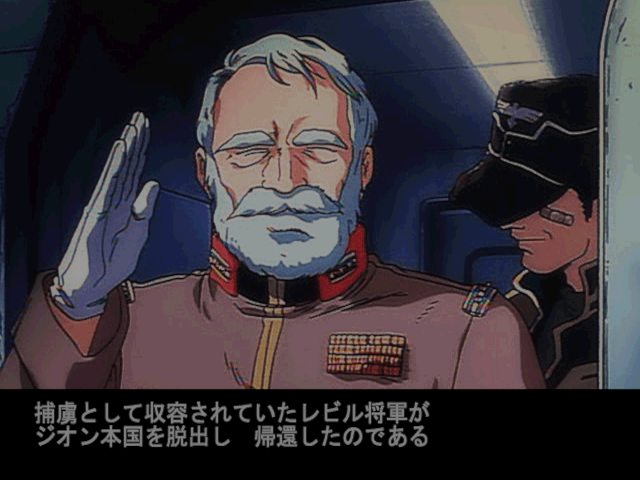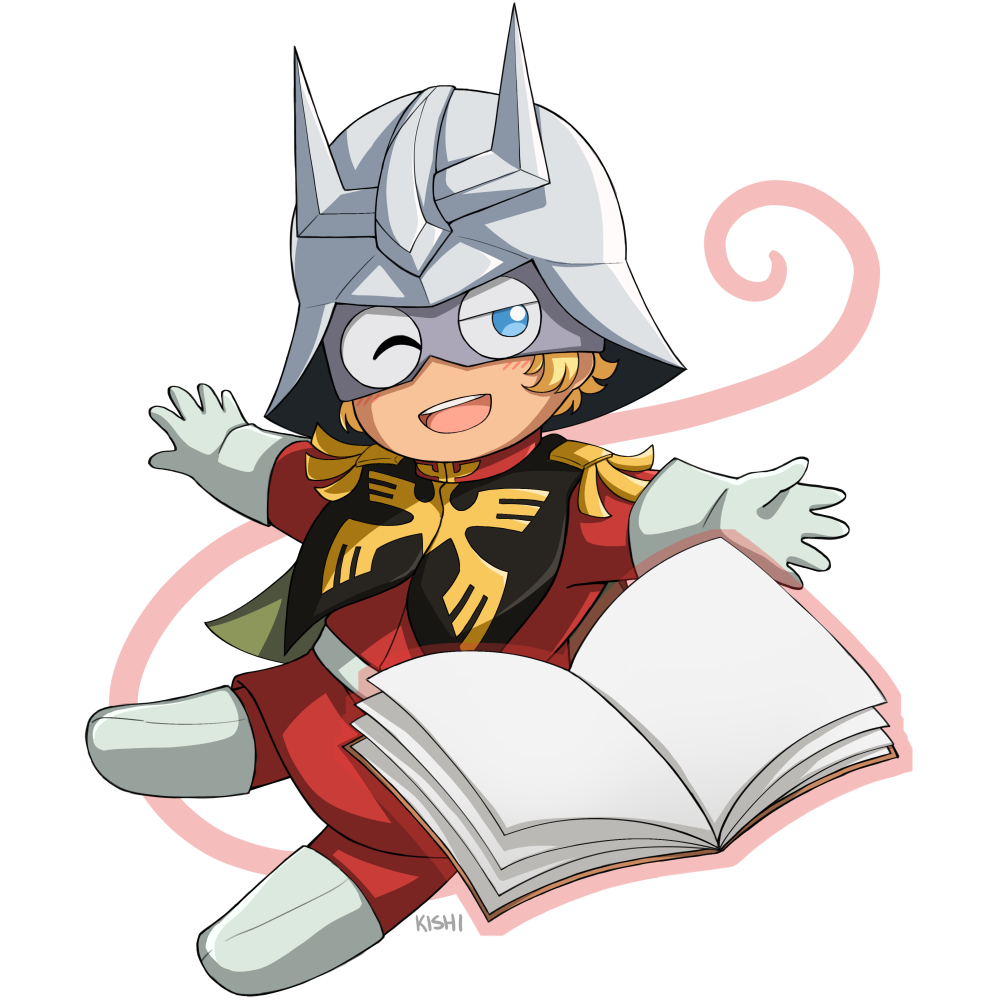
I played through the Federation campaign again and wrote a new, much more detailed playthrough with translations. Part 1 following the events of the One Year War is complete, still working on 2 and 3.
I intend to eventually update all existing playthroughs on the site to match this standard, as Zeon and AEUG in particular are lacking some content. In terms of new campaigns, CCA Char is next on my list.
I also I added some buttons to the Gihren’s Greed section on the Multimedia page. These will take you to articles on the series in general, the different factions, and translations of the character encyclopedia. Still a huge work in progress, but I’ll keep adding to it.
